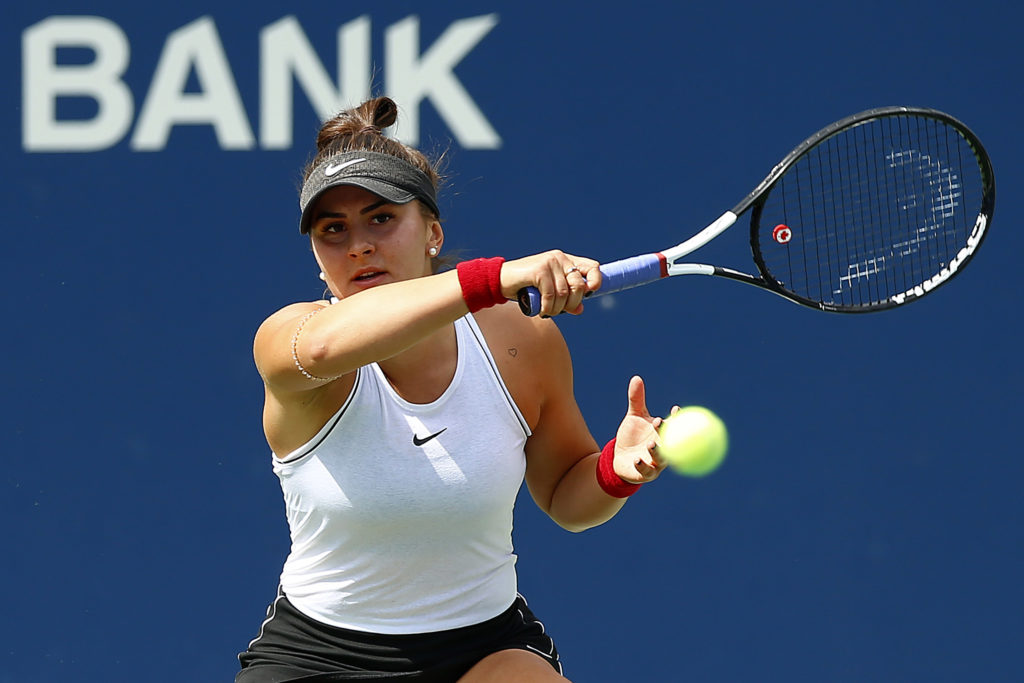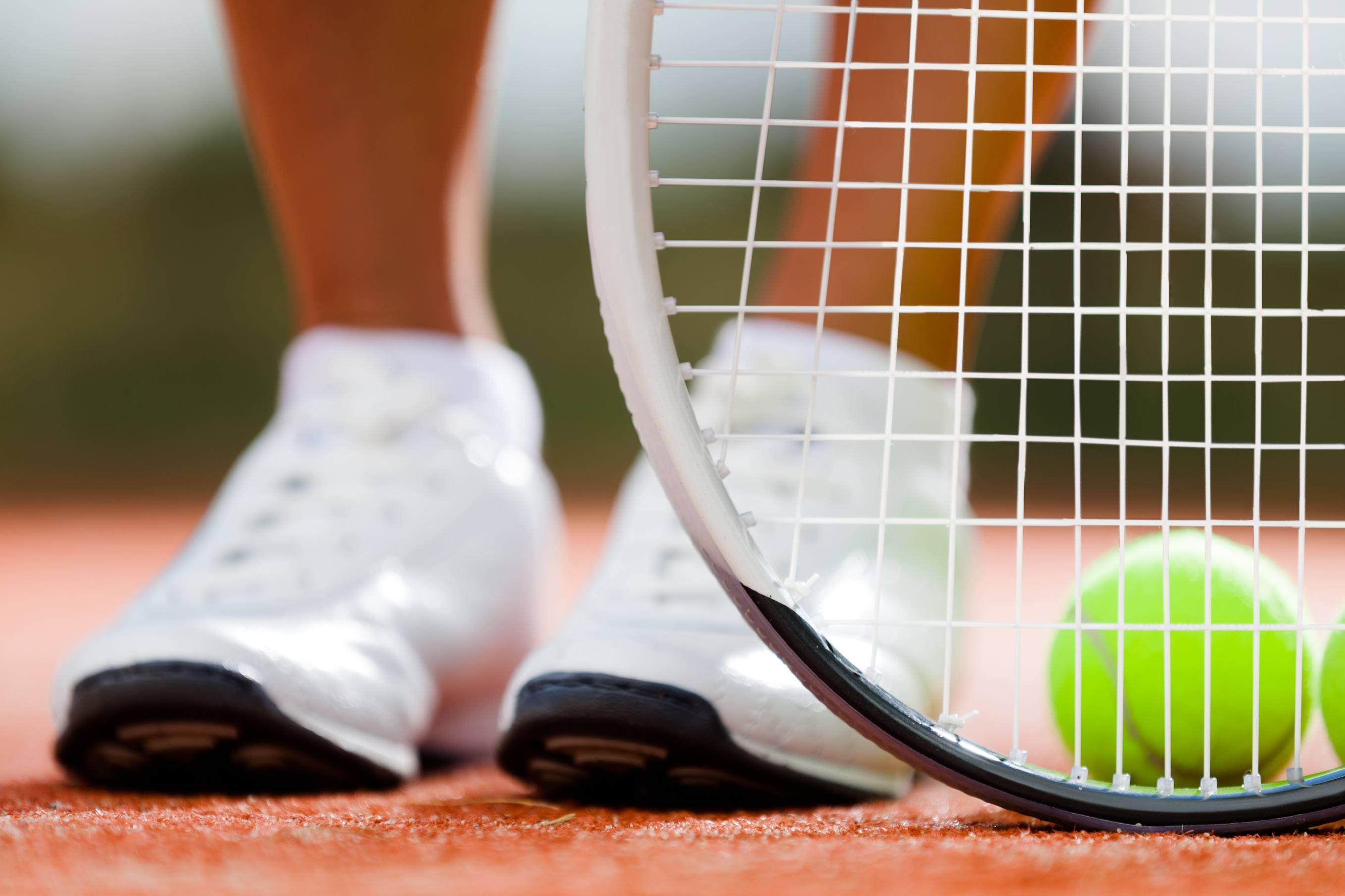None of the items below need to be brand new or even top of the line; but of course, as you up your game, feel free to reward yourself by upping your gear!
- Racquet – You will definitely need a racquet! Generally, the smaller your racquet’s head, the more control you will have over the ball. Meanwhile, the bigger the head, the more power your racquet will have – although, your accuracy may not be as pinpoint. It is suggested that beginners use a racquet with a head size between 100 and 115 square inches.
- Tennis Balls – Bagged, boxed, canned – there’s a wide selection of tennis balls to choose from. The only thing you don’t want when it comes to a tennis ball is a “dead” ball. How do you know if you have a dead ball? Hold it up as high as your head and then drop it. If the ball bounce doesn’t reach your waistline the ball is “dead Depending on a player’s age, the type of ball they use may differ. For example, children between the ages of 6-8 should use a red ball, which is made of foam and moves more slowly on the court. From 8-10, it’s onto orange balls, which are faster than the red but still 50% slower than yellow balls. Next up is the green ball, primarily for 10 year olds and upwards. Finally, once the individual’s growth spurt sees them hit around 135cm, it’s time to graduate to the yellow balls that are commonly used by adults universally.
- Sneakers – Tennis requires a fair amount of quick running and sudden stopping which is why tennis shoes are specifically designed to be a little more flat and sturdy than your average running shoe. They are specifically designed to be used on the tennis court. Whereas running shoes place emphasis on cushioning, tennis shoes focus on lateral support and stability, which are more important whilst on the court. Best practice when picking the right shoe: go for comfort. Also, if you are thinking of joining a tennis club, look for a shoe that has a no-marking sole so that you don’t damage the court.
- Breathable clothing – Tennis is definitely a workout and requires a pair of athletic shorts (or a tennis skirt) and a t-shirt.
- Water bottle – Stay hydrated.
Equipment RecoMmendation
Take a look at this equipment and much more on the Sporting Life online store.
How to hold your new racquet

Finding a grip that’s right for you will come naturally as you become more comfortable with your racquet. But, tennis pros recommend you start with the “Eastern Grip”. It’s extra-comfortable, versatile, and will definitely impress your coach if mastered before your first lesson. Here’s how to get it:
- Holding the racquet in front of you in your non-dominant hand (if you’re right-handed this would be your left-hand and vice-versa) and turn the racquet so its face is perpendicular with the ground.
- Place the palm of your dominant hand on the face of the racquet (on the strings) and then move your palm towards your body, down the neck of racquet, and stop when you hit the end of the handle.
- Wrap your fingers around the handle. The crease of your hand between your thumb and your forefinger should create a V that points towards your dominant shoulder.
- If you just messed it up, place your racquet flat on the ground, now pick it up with your dominant hand. That should do for now!
